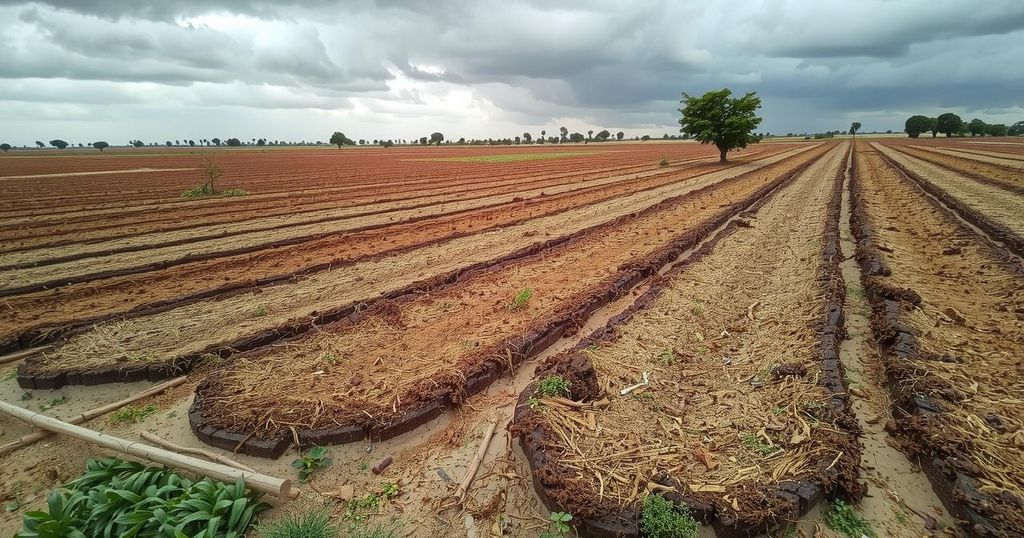Emergency Food Security Assessment in Somalia: Key Findings and Outlook

Somalia’s food security is at risk due to reduced cereal production from adverse weather, leading to a decline in livestock conditions and mixed cereal prices. An estimated 4.6 million people are projected to face severe food insecurity by mid-2025, driven by poor rainfall forecasts and reduced humanitarian aid.
The GIEWS Country Brief for Somalia, dated April 2, 2025, highlights a concerning food security landscape characterized by decreased cereal production due to adverse weather conditions. The situation is exacerbated by shortages in pasture and water affecting the livestock sector. Market prices for cereals have exhibited mixed trends, reflecting varying local harvest performances amidst insufficient market integration.
The secondary deyr crop, a vital contributor to Somalia’s annual cereal yields, yielded substantially lower outputs this season, primarily due to below-average rainfall and disrupted planting from early-season dryness. The influence of erratic weather patterns, compounded by insecurity and pest issues, has led to a significant decline in overall cereal production, which is now estimated at 127,000 tonnes—an 18 percent decrease from the already low five-year average.
In addition to crop concerns, pastoral areas have faced severe water and pasture shortages following below-average rainfall during the October-December 2024 deyr season. This scarcity has negatively impacted livestock, affecting their health, reproductive success, and milk production, with prospects for improvement reliant on upcoming seasonal rains expected in April 2025.
The cereal market conditions reflect the influence of the local rainfall patterns and ongoing insecurity, leading to instability in prices. For instance, maize prices dropped by 10 percent in certain markets despite remaining steady in others, while sorghum exhibited a 5 percent decline in one market but increased by 25 percent in another. Comparatively, livestock prices have remained stable year-over-year while cereal prices have escalated, diminishing the trade ratio for pastoralists.
Looking ahead, the food security status in Somalia is expected to worsen by mid-2025, with approximately 4.6 million people projected to face severe acute food insecurity. Contributing factors include anticipated below-average rainfall during the gu season, reductions in humanitarian assistance, and a rise in displacement owing to drought and conflict conditions. The situation necessitates vigilant monitoring and proactive response measures to mitigate adverse impacts on vulnerable populations.
In summary, Somalia’s food security situation is critically affected by unfavorable weather patterns leading to decreased cereal yields and worsening conditions in pastoral areas. The mixed trends in price dynamics further complicate market vulnerabilities. With severe acute food insecurity projected to impact millions in the coming months, urgent humanitarian responses are imperative to address the anticipated deterioration in food security and support affected populations adequately.
Original Source: reliefweb.int






